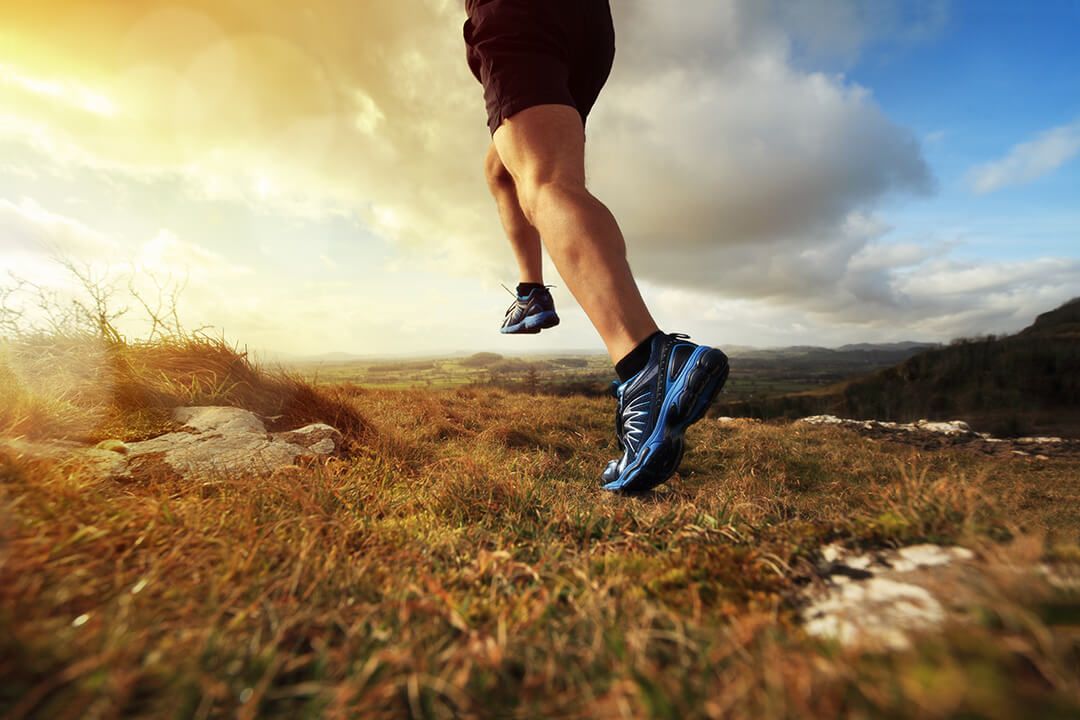the Journal of Sports and Health Sciences According to new research published in a scientific journal, so-called “super spikes” on the soles of the feet can increase running speed by up to 3.1 percent over the medium term. The international team of scientists who developed the supershoe wanted to take a closer look at the impact of these spikes, called Advanced Footwear Technology (AFT), as their use in elite-level sports has become almost commonplace these days.

Image: Pinterest
As world records continue to be broken, an interesting and complex question remains to be answered: Will people get faster, train harder, or will the use of better equipment (such as super spikes) drive progress?
Super Spikes feature a thicker but lighter midsole that is more flexible and flexible, often combined with a solid carbon fiber plate embedded in the midsole.
– explained Montgomery Bertschi, a biomechanical engineer at the University of Massachusetts Science Alert Online scientific portal.
Superior studs give the shoe its superior strength
While sprints and long-distance racing require characteristics that improve energy efficiency and speed (and can be easily tested in the laboratory and in the field), measuring middle-distance performance is much more complex. I mean, professionals
It is difficult for them to say with certainty how much previous reports on the benefits of superspikes can contribute to the further development of running methods.
Therefore, the super-spiked shoes were compared to their conventional counterparts in four separate experiments, each involving twelve different participants and at distances of up to two hundred metres, with refresher periods between the two experiments. The initial idea was to equalize the effort exerted by athletes by isolating the impacts of shoes.

Image: Source/Pinterest
The data showed several interesting points:
- AFT mutations showed an average increase in performance of about 2 percent, although this varied by brand of runner and shoe;
- The increase in running speed ranged from 1.8 percent to 3.1 percent.
- Athletes have reduced running times by up to 5 seconds in 1,500 meter events.
What's more, the gains appear to be due to longer stride lengths rather than more steps, which scientists say is an important consideration when trying to evaluate the difference shoes can make.
Historically, in the Olympic Games, we can expect differences of less than 0.5 percent in competition time to determine who will win the gold or silver medal or make the podium. So our 2% results highlight that some of this may be because some athletes have slightly better shoes than others.
said Ethan Wilkie, a sports biomechanist at the University of New Brunswick in Canada.






